
Here are six simple things to add to—or eliminate from—your routine to help your child get a better sleep.
- Lose the games:It’s hard to cut down on screen time. But a 2007 study published in Pediatrics showed that kids who played one hour of video games an hour before bedtime showed significant sleep disruption. Ensure game play takes place a few hours before bed.
- Breakfast for bedtime:Some parents try to sneak in extra fruit servings before bed, but it turns out foods that combine protein and carbs, like oatmeal with milk, or toast with natural peanut butter, form amino acids that act like tryptophan, the chemical that makes you feel sleepy after a turkey dinner. Other foods that aid sleep include yogurt, cheese, bananas, poultry, eggs and tuna.
- The environment:Some kids may have trouble falling or staying asleep because of allergens that cause itching, overheating and congestion. Have your child tested for allergies if you suspect this to be the case, and put him to bed in breathable, low-allergen organic cotton pajamas and sheets.
- Unplug:Electrical fields given off by appliances can interfere with your quality of sleep by disrupting melatonin secretion. “Place alarm clocks, baby monitors, TVs, cellphones and other electrical devices no closer than three feet from where you sleep,” says Joyce Johnson, a naturopath in Belle River, Ont. “Even if devices are off, they can emit electrical fields, so unplug them.”
- Lights out:The healthiest way to sleep is in complete darkness. “New research indicates that light pollution (any light, especially too-bright clocks or night lights) can disrupt hormone regulation, which affects sleep, and also immune system function,” says Johnson. Are your kids afraid of the dark? Put the night light in the hallway and turn it off once they’re asleep, or use one that eventually shuts itself off. Also try blackout curtains or sleep masks for kids who wake up unnaturally early from sunlight streaming into their rooms.
- Make bedtime special: When children feel loved, they tend to relax. A predictable bedtime routine that includes cuddling up with you for a story and a chat is likely to calm your little one, and help him drift off to dreamland more peacefully.


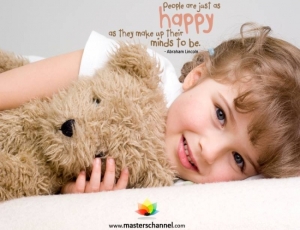

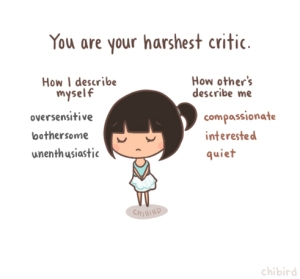

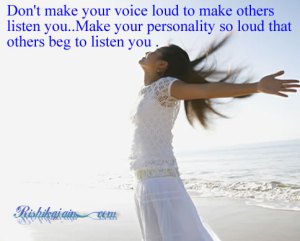
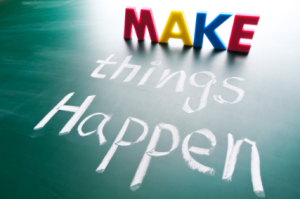
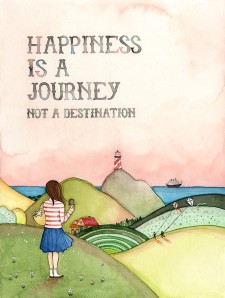
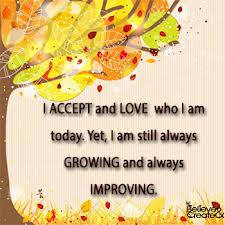
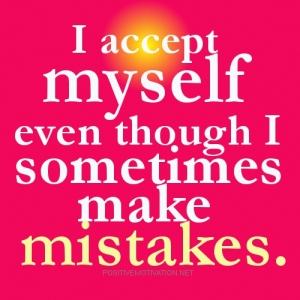
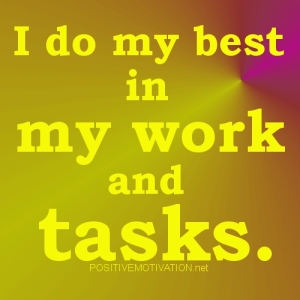




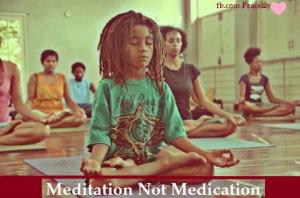
Written
on July 30, 2013